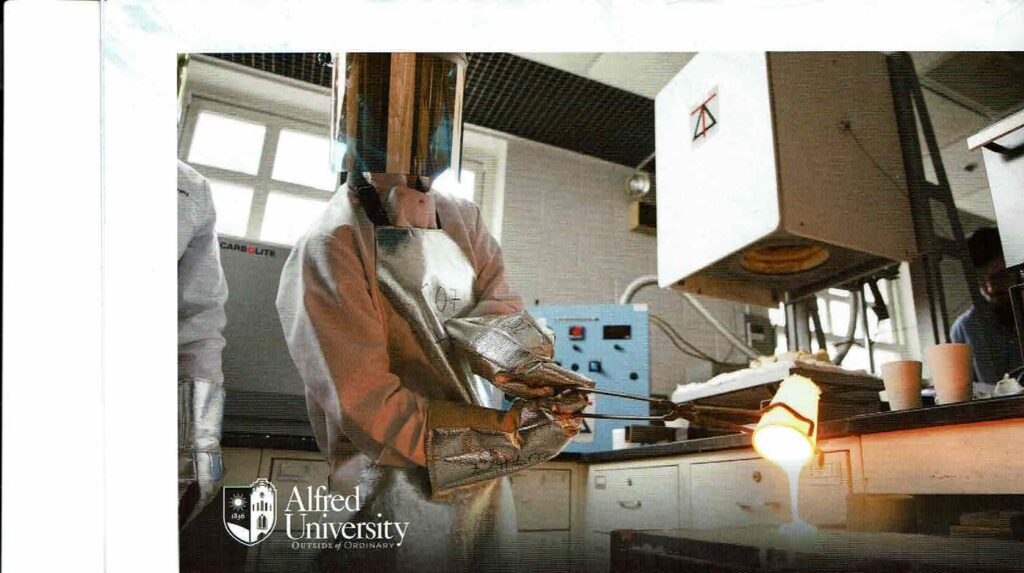
To sign up to receive our emails, fill in the following fields and hit submit. Thanks, and welcome!
"*" indicates required fields

To sign up to receive our emails, fill in the following fields and hit submit. Thanks, and welcome!
"*" indicates required fields

A furnace control system allows for managing the temperature, heat delivery and regulation of other variables. These systems have changed over the years to improve the overall efficiency and meet business demands.
A furnace control system is an advanced system that comprises a temperature controller and a programmable logic controller (PLC), allowing for the control over a set of parameters such as:
Most systems are now equipped with an HMI touch screen display that can be computer programmed and connected to the internet; however, not all are. Some systems still use physical controls such as switches and buttons.

Until the 1980s, furnaces relied heavily on human operation to control the cycles, temperatures and other functions. Aside from the risk of human error, mechanical failure was also possible, impacting unplanned downtime and the overall production process. Pneumatic controls were used until 1985, but today can still be found in older buildings where systems have not been updated.
The developments that followed were the computerized controllers, or microprocessor-based control systems. These were continuously updated or remodelled, requiring engineers to know about various control systems and equipment.
This meant that the risk of error was high, as operators required specific and extensive training to ensure their skills and knowledge were suitable to run the machinery, and additional staff members were needed to operate different instruments.
The programmable logic controller (PLC) was a system that began to solve the problems identified above because it replaced the need for hardwired control systems and the need for continuous manual control. The additional benefits that they provide are they are more cost-efficient, reduce the need for downtime and help produce consistent quality.
Currently, PLC systems can be modified to suit the needs of the business. Any other required functions, such as alarms, reporting and diagnostic tests, can be connected to the PLC so that all processes and issues can be monitored via the operator interface, including from a remote location. So whilst an operator is needed to oversee the entire system, it reduces the need for engineers to be manually operating and testing the control devices.
Reducing operator intervention is a high priority in the future manufacturing of furnace control systems because of the operator’s skill level and safety. The future of furnace control systems is currently on two paths.
For a stand-alone computer to become the future of control systems, specific software and hardware will need to be utilized to prevent or reduce the risk of computer failure damages. One of the concerns today is if a computer needs rebooting or the system fails, this will interrupt any processes, and operators will not have access to the system during this time.
Two ways to reduce the impact of computer crashes or system failures are installing a simplified operating system and using a dual hard drive. A simple operating system should reduce the risk of the computer locking up, and the other hard drive will kick in should the original one fail.
For now, furnace control systems operate with a programmable logic controller as they provide stability and accuracy, making processes more efficient.
If you want more information about furnace control systems or any of the products we sell, please contact us via the contact form.

Deltech is a family owned small business incorporated in 1968. Members of the Stevenson family are part of the day-to-day operations in management, sales, engineering, and production.
Address:
Deltech Inc.
1007 East 75th Avenue, Unit E
Denver, CO 80229-6442 U.S.A.
© Copyright 1998 -2024 Deltech Furnaces
PRIVACY POLICY | SITE REQUIREMENTS | SITE MAP | INFO FOR EMPLOYEES
Our ongoing accessibility effort works towards being in line with the Web Content Accessibility Guidelines (WCAG) version 2.2, levels A and AA criteria. These guidelines not only help make web content accessible to users with sensory, cognitive, and mobility disabilities but ultimately to all users, regardless of ability.
This website is just part of a meaningful change in making all State of Colorado services inclusive and accessible. We welcome comments on how to improve this website’s accessibility for users with disabilities and for requests for accommodations to any State of Colorado services.